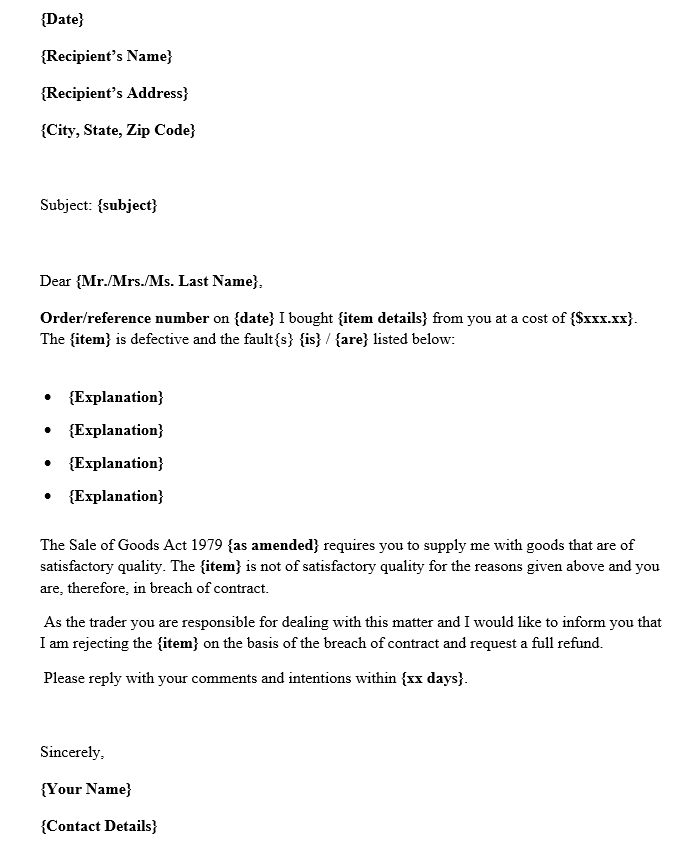A goods return note is a document that accompanies goods returned to the supplier. If you purchase products and upon receipt, you find that some are defective, the wrong product or they don’t meet the standards agreed; you should return the goods to the supplier. The supplier may suggest a refund or a replacement.
For this process to be effective, the returned goods must be accompanied by a document explaining why you returned the products, the quantities and the price.
What to include in goods return note
The goods return note is an important document that a supplier will use to refund the money or replaces the returned product(s). Though the details in this return note may differ from one establishment to another, the basic details remain the same. They include:
- Reason for returning the goods
- Contact details of the supplier
- Name and signature of the receiver
- Quantities of goods returned and their prices
- Time & date of the transaction
- Condition of the products
- Details of the transaction
Goods Return Note Letter

Importance of goods return note
The goods return note is an essential document for the customer and the supplier. The customer must retain a copy as they attach one to the returned goods. A goods return note is valid proof of why a customer did not service an invoice. When a customer orders for goods and receives defective or unworthy products, they will return the goods accompanied by a goods return note. After receiving the invoice for the supplied goods, they will deduct the figure for the returned goods and pay the difference. The note can be used as a legal document; thus it must bear the relevant information.
On the other hand, the supplier will verify the goods return note to establish the reason for the return and if possible, adjust the invoice. They will file the document to justify errors in their accounts.
In summary, the customer will use the goods return note to get their money back, while the supplier will use the document to establish the reason behind the return of the goods.